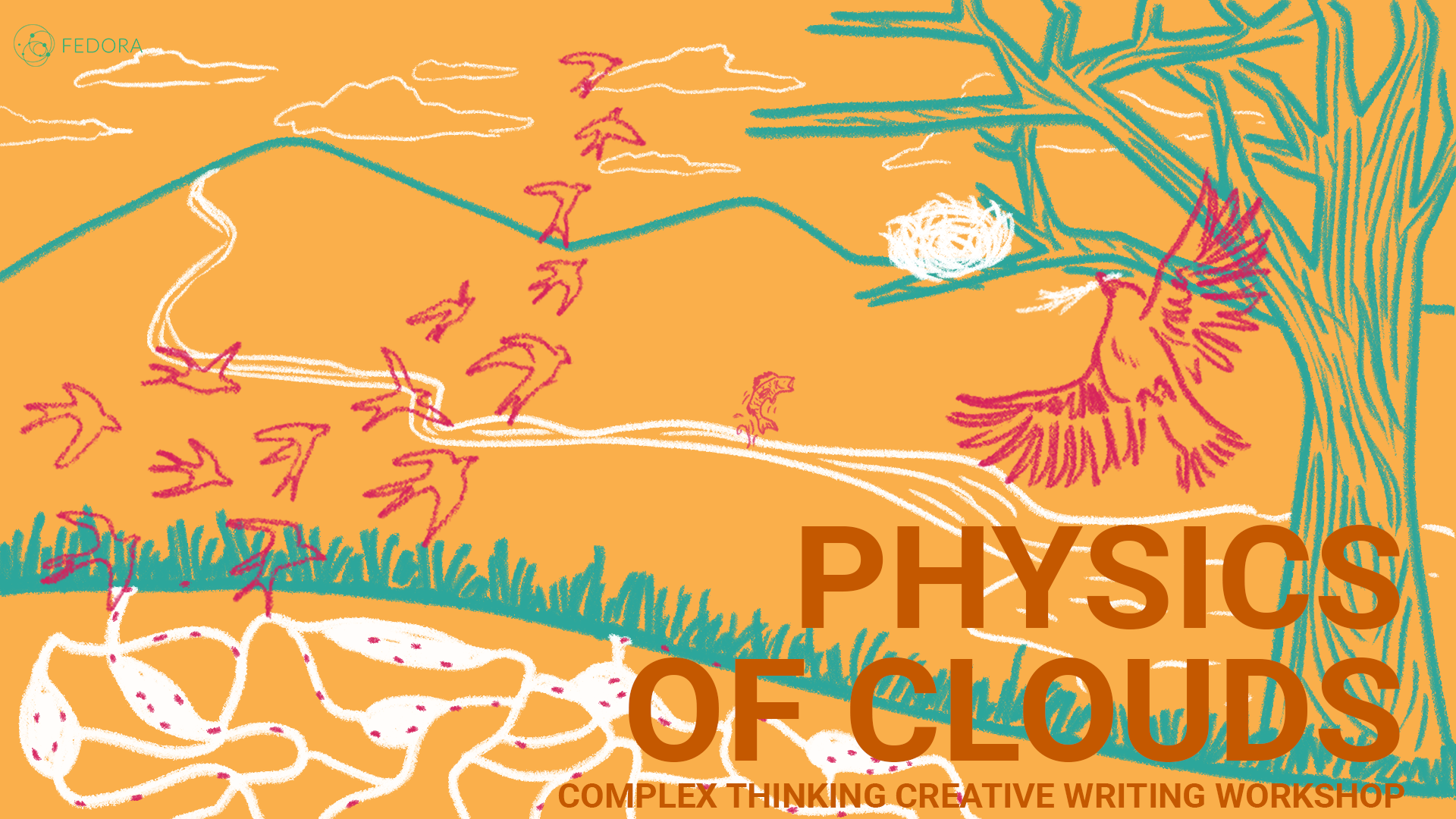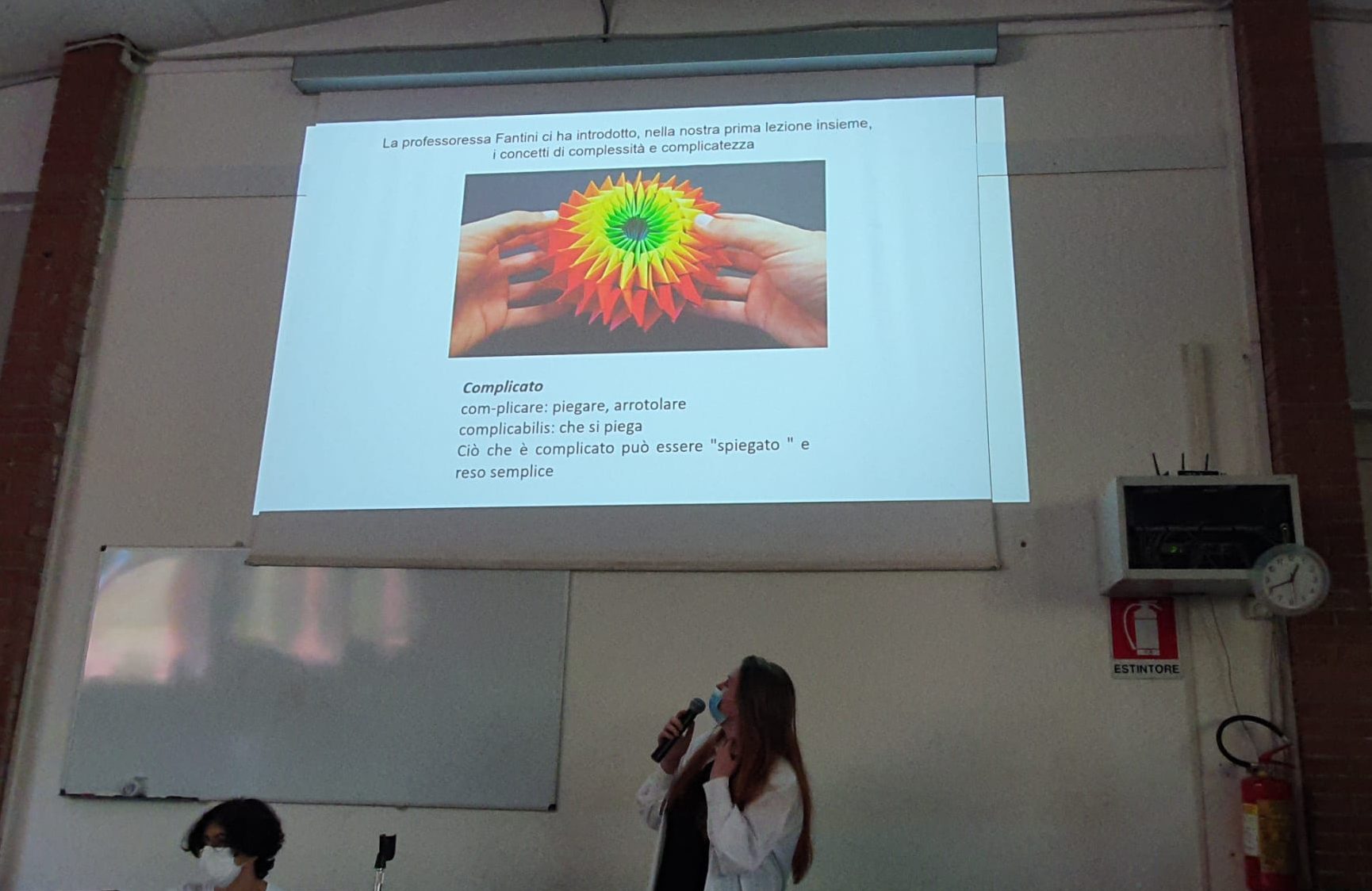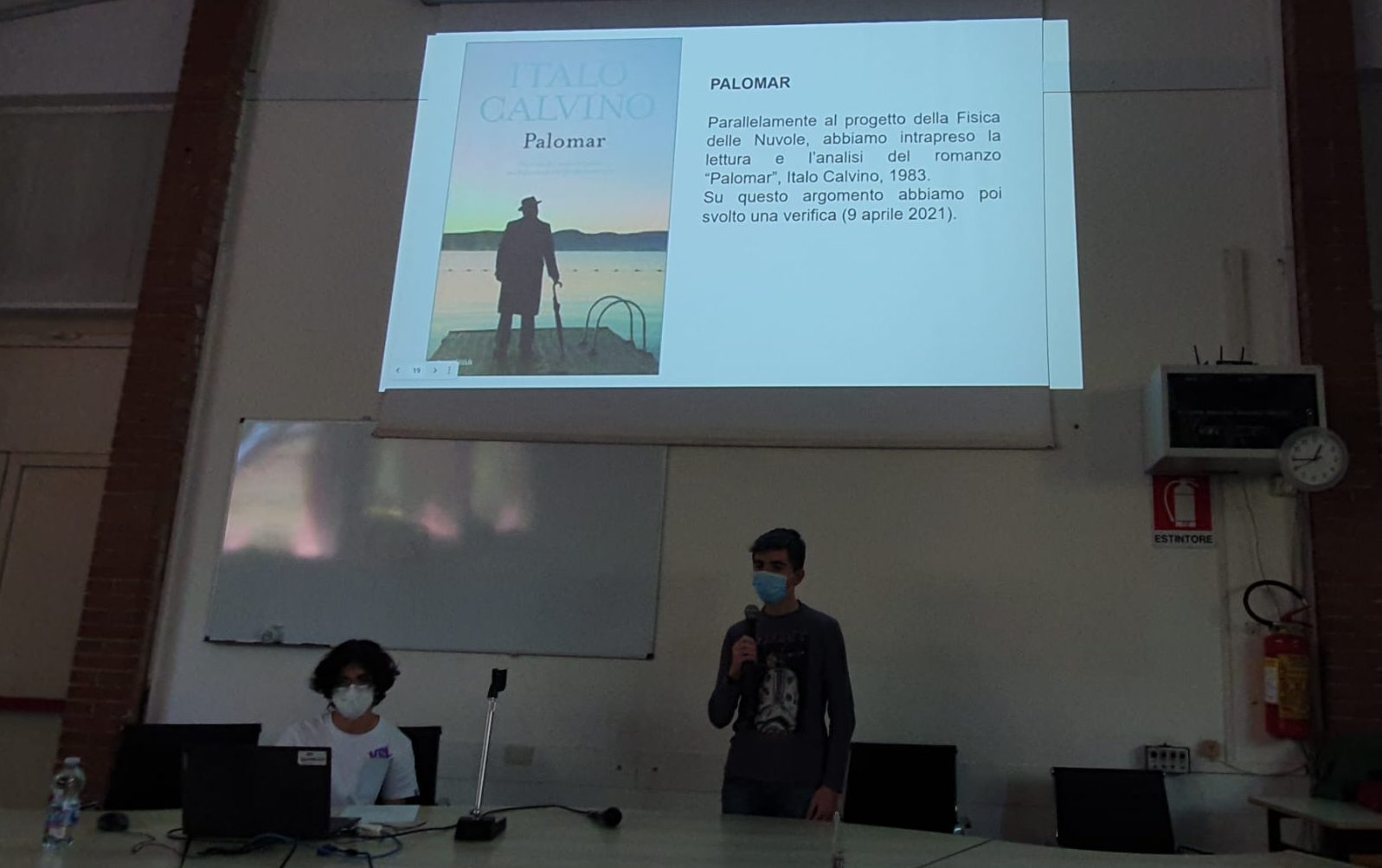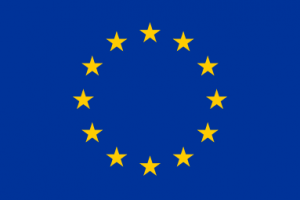FEDORA's first round of activities implementations is concluded!
In the next paragrafs you will discover about “Physics of clouds”, one of the innovative teaching activities created within the FEDORA open schooling project. More posts like this will follow, and each of those will tell you about an activity and the results or hypotheses that came out from it.
During FEDORA’s first year, three open schooling networks were established in three specific locations: Bologna, Oxford and Helsinki. Researchers, teachers, communicators, and other professionals worked together on the design of activities and materials, considering the recommendations that FEDORA produced about its main themes: interdisciplinarity, future and new languages. By fostering engagement with future-oriented and society-related scientific issues, the activities' aim has been to help young students in developing the skills they need to navigate our modern society. FEDORA focused especially on inter-multi-transdisciplinary, linguistic/argumentative, imaginative thinking and so-called future-scaffolding skills.

The 'Physics of clouds' activity was designed by the Bologna open schooling network and implemented over a period of three months at “A. Einstein” high school in Rimini (Italy). It involved a class of 15 years-old students and three teachers: one of physics, one of literature and one of history.
The starting point was the conviction (linked to research results) that it is possible to educate on complex thinking from a young age. The physics of complexity is an interdisciplinary theme, so the challenge was to build a context in which young students could experiment with this theme in an interdisciplinary way. That led to the design of the activity as a creative writing workshop which intertwined the scientific with the narrative language. In practice, students were guided into the process of “translating” scientific content from one language to another by re-conceptualizing, clarifying and enriching the content with personal meaning.
But before going into more details, we should clarify: what do we mean by complex thinking? We mean building a particular way of looking at the world, a conscious way of looking, that involves striving to understand the many dimensions involved in the knowledge, to re-establish links between what is separate, and to be able to think locally without losing sight of the totality.
The activity was structured by intertwining interactive lessons and workshops.

Starting by reflecting upon the difference between something that is “complicated” and something that is “complex”, students were introduced to the physics of complex systems and their main “words”. The following interactive lessons focused on peculiar characteristics and properties of these systems, such as irreducibility, circular causality and unpredictability, with references to complex systems encountered in everyday life like flocks of birds, anthills or clouds. At the same time, the writing and narratological techniques were presented through the reading, analysis and commentary of short stories. A distinguished example from Italian literature was investigated: Italo Calvino’s “Palomar”. In this collection of stories, various elements of complexity can be traced, and a critical reading of some of them made it possible to explicit how Calvino manages the intertwining between the two fields: the scientific and the literary.
 In the second part, students were divided into groups and attended the writing workshop (led by the literature and history teachers). The teachers assigned each group a specific context in which to set the story, that was represented by a complex system, s7chvas an anthill, a cloud, a flock of birds, a fluid or a nest. During the workshop, the teachers constantly discussed with each group how the narrative should address complex concepts while respecting the narratological constraints. For narratological constraints, we mean that students were asked to use different kinds of narrative sequences (reflexive, dialogues, descriptive) as well as to elaborate on the duality between two main characters, where “the other” has the function to question the balance of protagonist condition, through their words.
In the second part, students were divided into groups and attended the writing workshop (led by the literature and history teachers). The teachers assigned each group a specific context in which to set the story, that was represented by a complex system, s7chvas an anthill, a cloud, a flock of birds, a fluid or a nest. During the workshop, the teachers constantly discussed with each group how the narrative should address complex concepts while respecting the narratological constraints. For narratological constraints, we mean that students were asked to use different kinds of narrative sequences (reflexive, dialogues, descriptive) as well as to elaborate on the duality between two main characters, where “the other” has the function to question the balance of protagonist condition, through their words.
Engaging in the difficult translation process from the scientific language to the narrative had three main results. Firstly, students experimented and learned how to balance systemic and analytical thinking with imaginative and creative one. Secondly, the physics of complex systems played the role of "scaffolding" to reformulate urgent questions related to the search for one's own identity in a dynamic relationship between "I" and "we” (between individual and collective). Moreover, the activity encouraged students’ critical reflection and the management of their epistemic emotions, grasping their nuances without polarising them into positive and negative emotions.
Last but not least consideration: some beautiful pieces of science-related stories were made. So, let’s conclude by looking at three excerpts from students’ stories.
After a long journey, Joy reached his destination. Stunned by the vision that was presented before his eyes, he could not believe he was so high. He let his gaze wander over all those small and different subjects that were below him, not knowing where to focus his attention. Then he recognized the thick foliage of the oak, his oak, and further down, he saw it, he saw his house, and in front of that vision, he was amazed, almost speechless; to anyone, it might have looked like a simple tangle of branches, but to him, that was the result of his own commitment, of his own effort. He could even see his mother resting, the small fruits hanging from those fragile leaves of the branch that supported his nest, the branches of different sizes coming together almost as if they were one big body; he was amazed to notice the complex plot that had been created, and he realized that, from within that intricate labyrinth, he had never seen everything that he now had the opportunity to observe. [...] Joy was so concentrated that he didn't notice the passage of time; when he raised his eyes from that dense interweaving that he had created, he noticed that the sun had now disappeared, giving way to a dense expanse of stars, among which a huge ivory-coloured sphere stood out. Every night he saw it up there, imperturbable, he admired it, enchanted by its beauty and by the sense of inferiority and helplessness he felt in front of that vision. How high can it be? How far does it go? What can you see from up there?
From the story “the eyes of the moon”
==================================
He looked at the water. Miles and miles of dark, flat, still water. He saw a bird, he couldn't tell which it was; it touched the surface of the water for a few fractions of a second before rising again towards the sky. Then he saw a fish, like himself, cut the same surface and dive right back. He thought that the birds had an opposite view compared to the inhabitants of the sea who, on the contrary, were forced to look at the world from below. Two opposite perspectives look at the same world, both aware of the existence of the other but unable to understand each other. He would have loved to know how to fly, to have the opportunity to observe everything from above. He often wondered how many things could be captured from that perspective, details that were overlooked by anyone and which instead, observed from up there, could have seemed something extraordinary. He was a fish, never able to float, destined for an existence on the bottom, at that moment he only wanted to be able to overturn his nature and get to know the other half of the world.
[...] That things don't have a unique nature, but change according to the eyes, the light under which they are looked at was clear. He looked at the moon and wondered if he felt everything he was feeling, if there was someone on the other side watching him and, while his mind formulated a thousand other questions, all his thoughts stopped in a fraction of a second, his head he lightened up. An oxymoron, sun and moon, light and dark, surface and depth, two curved lines destined to always have a meeting point, the natural correlation of two parallel universes.
From the story “the other half of the world”
==================================
Evidently the conversation is proceeding, but I was left with the swallow's reaction, after learning that it was possible to be alone. For me it is obvious that some animals live alone, that solitude is imprinted in their nature; like when we see a fox and a wolf: the fox doesn't have a group to which it can be associated, we recognize it for itself, for its cunning, its fawn fur. Instead, one of the first thoughts we associate with the wolf is her pack, like a flock to a swallow. Yet it is not so obvious. A bird like the swallow that throughout its life has been used to living in a group, to respecting rules, to having to share everything, that finds itself discovering that it can live alone, that if there is the possibility of being able to survive and even much more for another bird similar to it, maybe even for itself.
[...] Finally I guess she gathered some courage, because I hear her let out a peep: Hey, sorry to bother you again, but I need to know. How did you learn to be alone? The answer comes quickly, a caw that interrupts the silence, as if the magpie knew that sooner or later that question would come and had already prepared the answer: So you would like to be alone, huh? - she replies - I've been alone since I learned to fly, freedom and light-heartedness are my daily life, relaxing under the shade of the trees, enjoying the days as they are - continues the magpie with a very pedantic tone.
[...] How could the swallow, accustomed to living in "society", abandon everything and go away alone? Swallows have always found themselves in flocks, in a group, perhaps this is their destiny, what nature has reserved for them. What if it were the same for men? On the other hand, man is a social individual; an oxymoron highlighted by the wills in continuous opposition to each other. In every person, there is a swallow and a magpie, and we probably just need to have the audacity to want to know both, to learn to accept life in society, but also be aware of our individuality. Perhaps this is exactly what the swallow did. She has become aware of her uniqueness, aware that she is no longer just a bird in the flock. - And now that I know, will I be able to survive? - asks the swallow - maybe not, or maybe yes. I will never know. Maybe one day, she will decide to do it, and fly away. But for now, I think she's decided to return to her herd.
From the story “Flying thoughts”
